Without prepping your garden properly in the winter, it can struggle to thrive in the spring. If you could guarantee a beautiful spring garden with some simple preparation steps, would you do it?
The nutrients and balance of your garden soil are not perpetual. A healthy garden depends on your involvement and preparation for the coming growing season.
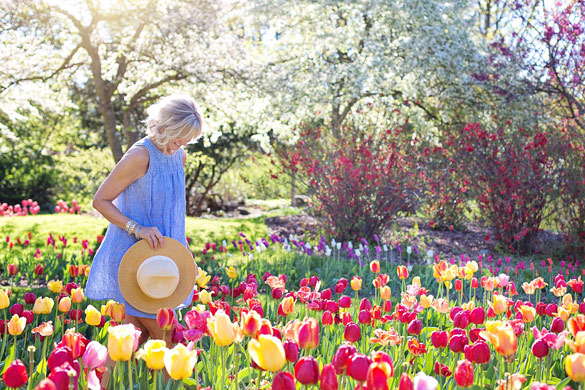
homeandgardeningguide.com gathered information and professional tips to help you prepare your garden soil for spring planting by knowing what you will plant, what soil type you have, how to enrich it, and when to till it. You will also find answers to some frequently asked questions.
Preparing Garden Soil for Spring Planting
There are several aspects of your garden’s soil which require attention before planting. The following will help in soil preparation for your spring planting.
Know What You Will Plant – Before doing anything, figure out what kind of a garden you are going to plant. Some plant species require different nutrients, soil types, and pH levels.
While the majority of plants will do well with a pH level between 5.5 and 7, there are many species which have adapted to thrive outside these levels.
For a more acidic soil, you can add compost, peat moss, sulfur or iron sulfate. For a more alkaline soil, lime or baking soda are recommended.
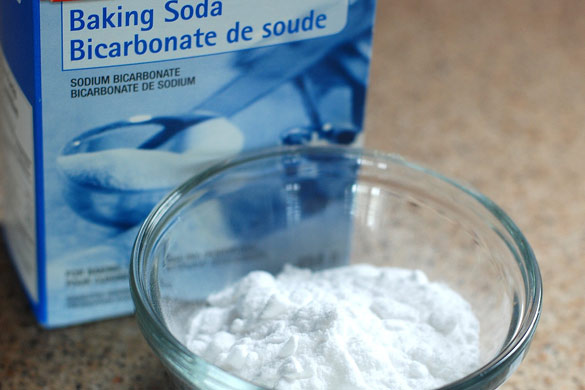
Plants like strawberries, blueberries, and azaleas will flourish in more acidic soil, while squash, spinach, radishes, and beets prefer a more neutral to alkaline soil.
If you’re interested in planting shrubs, check out homeandgardeningguide.com/gardening-landscaping/shrubs/how-to-plant-evergreen-shrubs/
Know the Type of Soil in Your Garden – There’s more to it than dirt. Soils can be clay, sandy, rocky, or shallow. For every type of soil, there are plant species that have adapted to them.
• Clay soils tend to retain too much water
• Sandy soils do not retain enough water
• Rocky soils do not retain nutrients very well
• Shallow soil is highly subject to erosion and nutrient leaching.
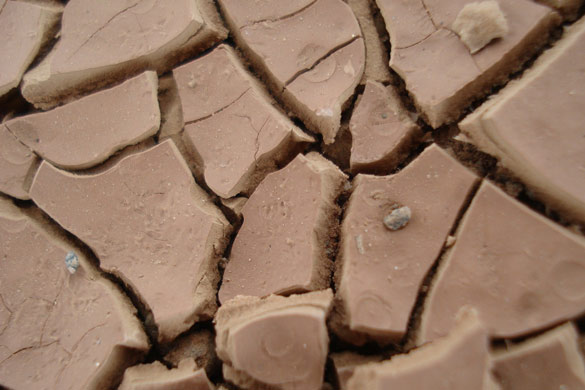
Most (garden variety) plant species require well-drained, moist, nutrient-rich, and slightly acidic soil.
Improve Your Garden Soil – Improving or enriching your garden soil can be accomplished by adding organic material. Here are a few options to help you create the perfect growth environment for your garden:
• Plant Material
• Manure
• Compost
• Sawdust
• Wood Ash
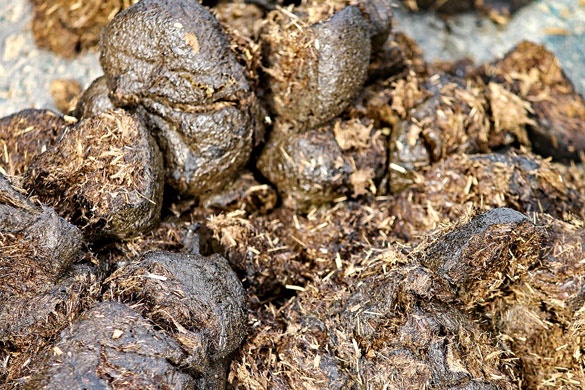
You can add up to 4in of any of the above materials to loosen tight clay or help sandy soil retain water while adding nutrients to the soil and making it easier to dig.
For heavy clay soil, adding gypsum (4 pounds per 100 square feet) will provide some nutrients while loosening the soil, and making it more workable.
Tilling Garden Soil – Tilling the soil is generally not recommended. However, there are times when it may be necessary. See the following to discover whether it is needed or not.
Tilling is recommended for:
• New garden beds.
• Incorporating organic material into a nutrient deficient garden bed.
Tilling is not recommended for:
• Established and healthy garden beds.
• Adjusting soil pH levels.
Tilling inverts the soil of your garden bed which has the following impact on established garden beds:
• Tilling creates bare loose topsoil which is highly vulnerable to erosion and leaching (nutrient loss).
• It compromises soil structure and buries the microorganisms that flourish in the top 4 to 5 inches of the soil.
• Repeated tilling creates a compacted layer of soil at the depth the soil is tilled at. This soil compaction stops water and roots from penetrating further into the soil.
• Tilling moves dormant weed seeds closer to the surface where they are able to germinate.
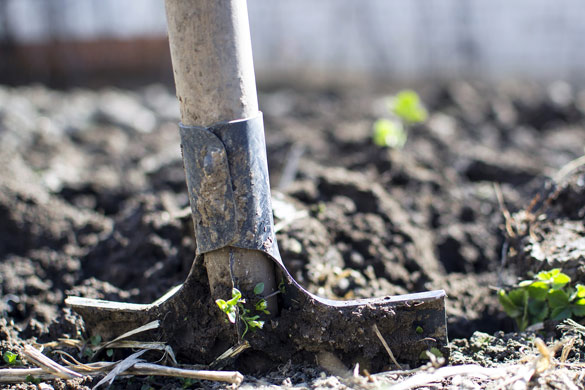
Over time, your garden soil will be able to sustain itself to the point that fertilizers, organic material, and pH balancing agents will only need to be applied to the surface. In the long run, tilling will end up doing more damage than good to your soil.
People Also Ask
Question: When should I prepare my garden soil?
Answer: Late fall or late winter. If you choose late winter, wait until there is no snow cover and the ground is not frozen.
Question: What can I plant in early spring?
Answer: As soon as the soil can be worked, radish, kale, broccoli, snow peas, and lettuce can be planted in early spring.
Question: Which flowers bloom first in spring?
Answer: Bulbs. You can plant bulbs when preparing your soil, and by early spring, they will break through the surface, and bloom fairly quickly. Daffodils, tulips, crocus, and hyacinth are among the most popular bulbs to plant.
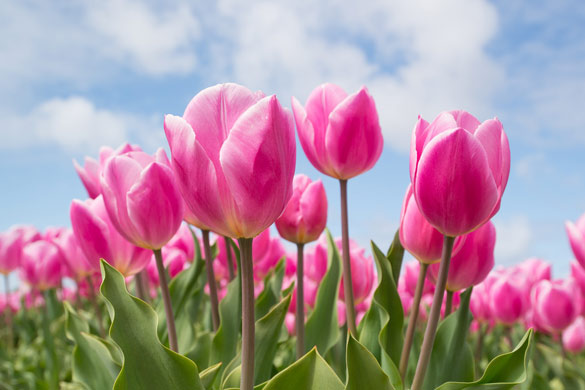
Question: When can I start planting my spring garden?
Answer: Late March and early April. However, for plants that are intolerant to frost, mid-April is the best time to get them in the garden.
Garden Preparation for Spring
With some simple preparation, you can transform your garden into a spectacular show of color. And it all starts in the winter.
In this article, you discovered how to prepare your garden by knowing what you will plant, what soil type you have, how to enrich it and when to till it. You also uncovered answers to some frequently asked questions.
Without your help, your garden soil may not have the necessary nutrients for healthy growth or blooming, which may lead to stunting, wilting, and the death of your plants. Avoid this by keeping your soil in prime condition by preparing it for spring planting.
Sources:
https://pss.uvm.edu/ppp/articles/fallsoils.html
http://pss.uvm.edu/ppp/pubs/oh34.htm
Visit https://www.homeandgardeningguide.com/gardening-landscaping/maintenance/ for more garden maintenance articles, resources, DIY and how-to tips.